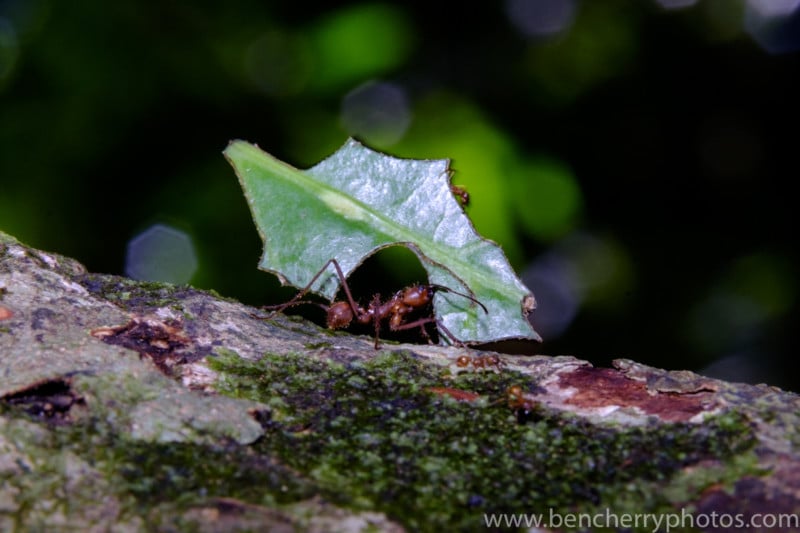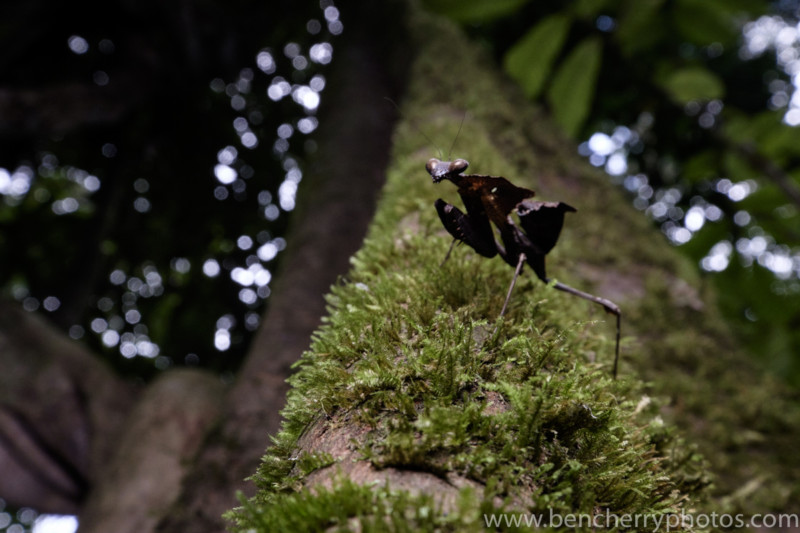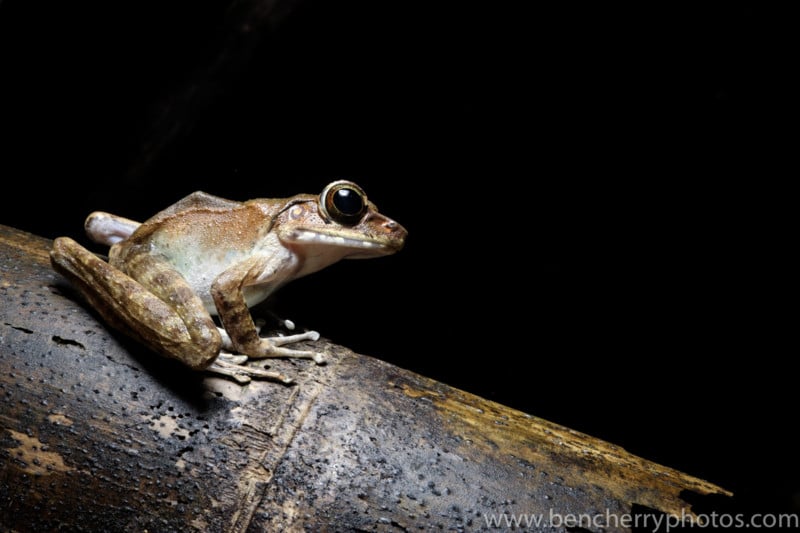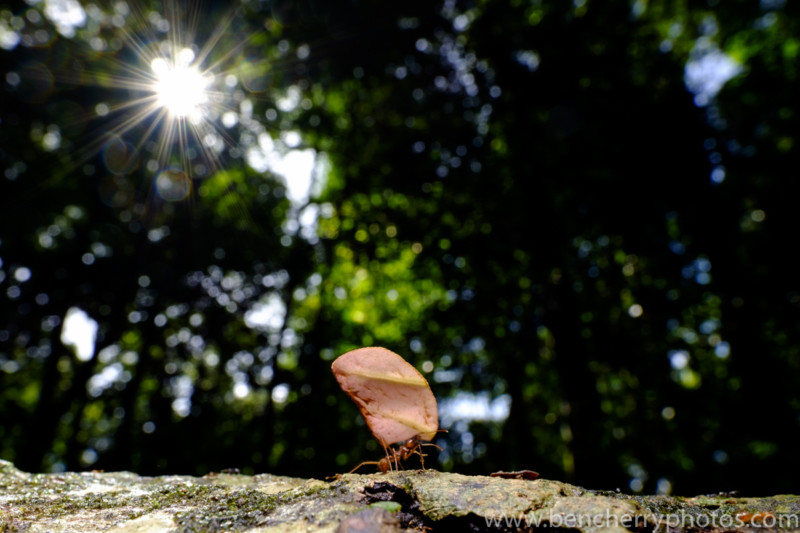Extension Tubes Open Up a Whole New World of Photography
![]()
With travel photography, one of the issues is prioritizing equipment. You simply can’t carry everything you could possibly want to bring; if you do, it often hampers the overall travel experience as you’re weighed down by equipment and have to constantly look after it.
For me, on my current trip that meant I couldn’t justify bringing a dedicated macro lens, especially when I had the XF 56mm and XF 50-140mm covering the similar focal lengths offered by the two available macro options. Instead, I chose to pack Fuji’s 11mm and 16mm extension tubes (MCEX-11 and 16). Offering camera-lens communication that allows autofocus, these simple compact devices can turn nearly many lenses into a macro option (don’t forget to check lens compatibility).
My primary role in Costa Rica is to work as a researcher for a scarlet macaw program, so macro functions weren’t really at the top of the list; however, the wildlife in this region is remarkable and macro functionality quickly became important.
One of the sites we regularly see is a trail of leaf cutter ants marching through the forest taking supplies from the canopy to their nest. Following the tiny motorway, which has been carved out of the rainforest floor you’ll eventually find yourself at the base of a tree that’s being harvested.
Note: Although I am focusing on leaf cutter ants, the general principles apply to all types of macro photography.
![]()

Macro Photography Fundamentals
For this type of photography, you generally want to be using a very small aperture (e.g. f/22). The reason for this is that, when you start to focus on very close objects, the depth of field becomes very thin with more regular apertures like f/4, f/5.6, or even f/8. Even the maximum aperture on your lens is often not enough to get most of the frame sharp.
One technique often employed by macro photographers is focus stacking—taking multiple pictures of a static subject, moving the focus throughout the frame, and then stacking the pictures in post-production. This wasn’t an option for me unfortunately as the ants were moving continuously (so fast when you’re looking at a macro frame!).

Extension Tubes – What are They?
Extension tubes are simply a way to extend your lens barrel, thereby extending the distance between the rear lens element and the sensor. This shifts the focus, so, for example, instead of focusing at over 10 meters according to the lens, you’re actually focused 0.5 metres away when using an extension tube.
There are two extension tubes available from Fujifilm: a 11mm and 16mm. This gives you three options as you can stack the two together. The greater the distance, the closer the focusing.
Some Lenses Already Have Very Close Focusing Distances
There are non-macro focused lenses that do actually have very close minimum focusing distances. For me, two lenses spring to mind: the XF 10-24mm and XF 16mm. Though not particularly helpful for ‘normal’ macro photography because of their wide FOV, I really like using both of these lenses for placing my subject within its environment. My subject can be an elephant or an ant, the lenses are capable of capturing both.



Downsides of Extension Tubes
As you might have noticed in some of the images above, using extension tubes means your bokeh can regress from the wonderfully smooth circles we are all used to from Fujifilm lenses, to something more like heptagon. The high image quality we are also used to does degrade somewhat, but this is to be expected when you’re pushing a lens beyond what is designed for.
What you have to remember is that these are ultra lightweight, convenient macro inducers that save you money and carrying around another lens. I am only touching the fringes of what is possible with macro photography, there are many out there who know a lot more about macro, but the benefit of extension tubes for those on the go is obvious.
Macro Creativity
With a little time and patience, you can really start to create some interesting images.
Though the images below are nothing particularly new, it was nevertheless satisfying to produce them. Using an off-camera flash placed behind the ants shooting back towards the camera creates a beautiful backlight and produces some interesting silhouettes/shadows thanks to the leaf cuttings.
![]()
![]()
I hope this article has been helpful for you. Here is a short video of how I went about creating these images, filmed and edited by Ellice Dart. If you liked this blog and video then please leave a constructive comment below!
Happy Shooting.
About the author: Ben Cherry is an environmental photojournalist, zoologist, and Fujifilm X-Photographer. His passion is showing the beauty and fragility of the natural world. You can find more of his work on his website, Facebook, Twitter, and Instagram. This article was also published here.